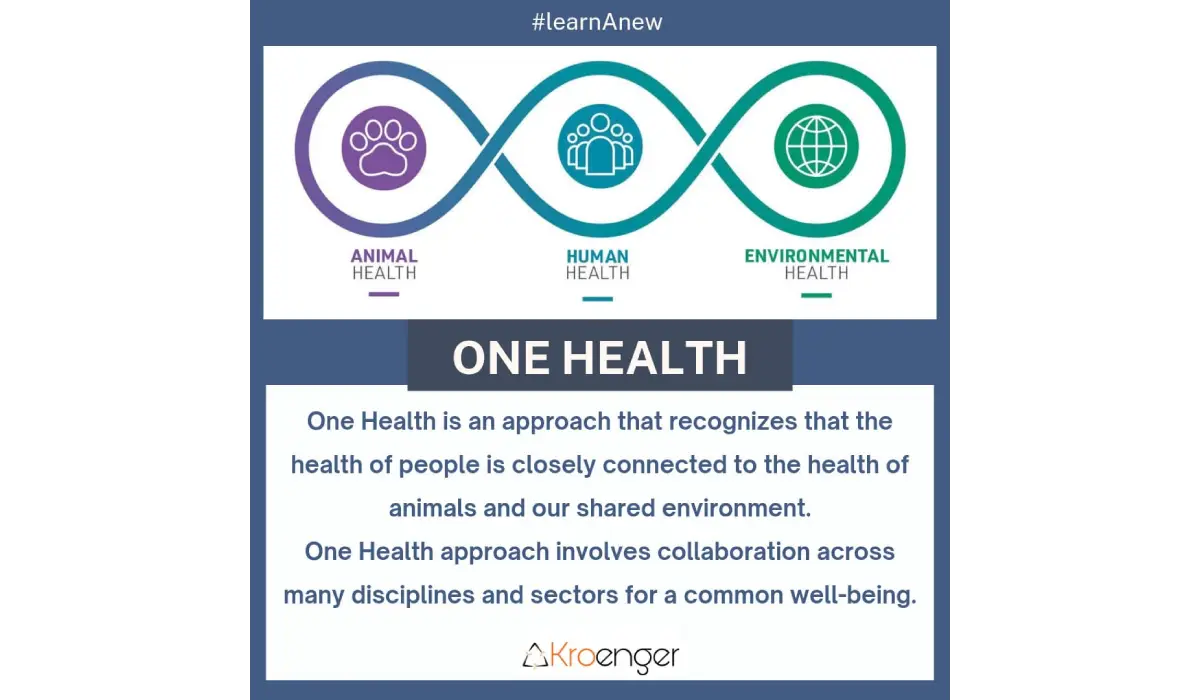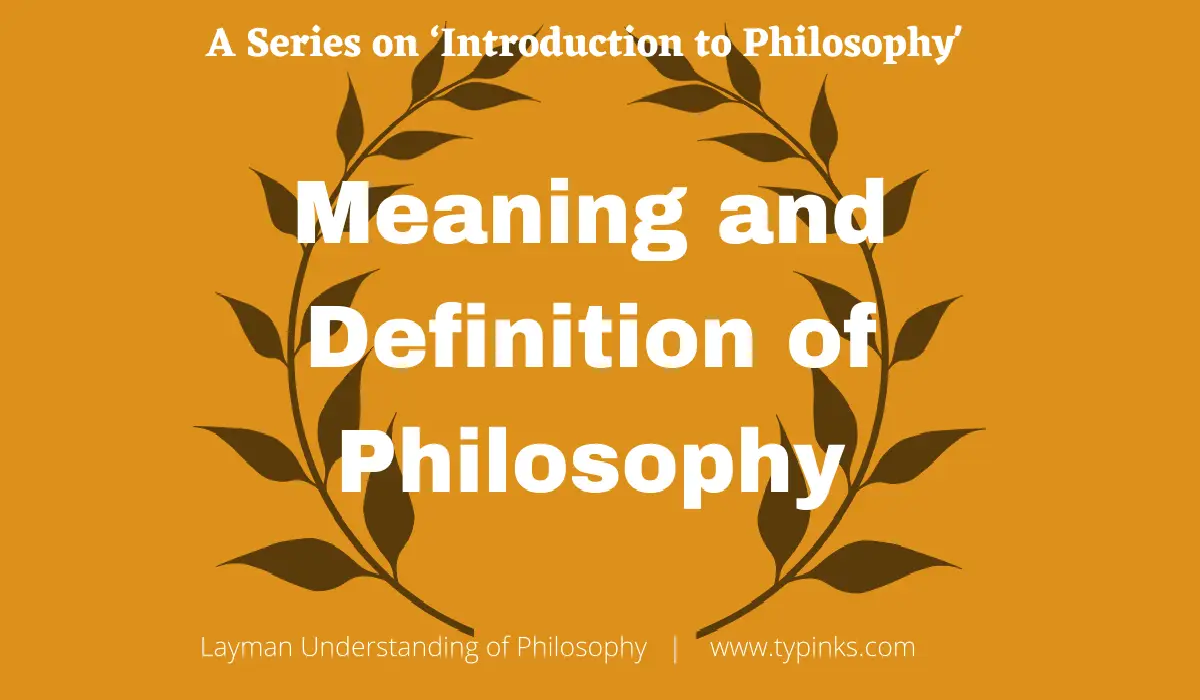
Our Natural Environment is a very complex concoction. Understanding the components requires in-depth investigation to many unexplored probes. The way in which we treat the environment greatly influences our life on this planet. Comprising of more than billions of species, abiotic components and other resources it surely is a great mass of diversity. The interplay among these components creates habitability. Health of one species is interlinked to the environmental conditions, other species and many other multidisciplinary factors.
Present context
Synchronization and interdependency among various species in the environment form the essence of life. Nature maintains a unique balance system for all its components in a systematized manner. Any crack in this system costs harm. The 21st century has led to a tremendous increase in travel, trade and enhanced accessibility of humans to many delicate areas of our planet producing many deleterious effects on ecosystems. Concept of a healthy planet is a far-fetched dream. The form of sustainable development should always be advocated and promoted. Quality of air we breathe and water we drink is sharply falling. Encroachments to the natural world has led to introduction of pandemics and epidemics, climate related events and depleted resources.
Every species maintains its own array of microbiota. Most of them are in harmony with the ecosystem without causing any deleterious effects to the species harboring them. If ever any human illegitimately approaches their natural habitat, these microbes can become harmful and cause widespread diseases. This is where the role of one health is being significant in which veterinarians can come into play an important link by connecting various branches of conservation and medicine. One health is a multidisciplinary, multisectoral and collaborative approach leading to optimal health of animals, environment and the people.
Most of the infectious human diseases (60%) and emerging diseases (75%) come from animals (Zoonotic implication -Emerging infectious Diseases.2017). If humans continue to destroy the environment and get hold of the delicate ecosystems many yet to come adverse events will happen in an irreversible manner which may led to wiping out of our entire biodiversity. Some of the hard and resistant ones [Tardigrades] might survive this event. The sixth mass extinction happening now is very lethal compared to last one which wiped out the dinosaurs from this planet. Human driven changes led to an unprecedented and rapid disappearance of many species which can affect our entire biosphere.
Some facts and what we can do
Bats harbor many harmful viruses like Nipah, Corona, Rhabdovirus and many others. Since these viruses uses the bat to survive (reservoir host), they are less likely to cause any lethal syndromes to the bats. Their unique immune system which doesn’t produce any over inflammatory response and excellent Genome repair mechanisms adds to their protection. Whenever any human illegitimately approaches them creating a stress situation leads to shedding of these pathogens which infects humans. Bats are keystone species, they can’t be made extinct. Usually in these situations, creation of a suitable interface leads to passing of infectious material and there by cause epidemics.
Living in close contact with nature requires to respect and protect the species around us. Sustainable methods of living can be adopted. Veterinarians in the role of conservation scientists can advocate for this cause of sustainable ways of living. In Africa people used to consume a lot of bushmeat due to its nutritious value which adds to imbalance in the ecosystem and has paved the way for Ebola virus. Replacing that kind of food with some other form of sustainable and ecofriendly item can reduce the adverse effects. The problem with introduction of such a new kind of food item requires it to be nutritious, easily available, economical & satisfiable to the people. All these genres, one health plays a very significant role in educating the people about harmful effects of consumption and environmental losses. What is to be done is a strategic approach in eradicating the myths about them.
Use of animals (threatened, endangered) for traditional medicine of China creates an arena for species extinction. The case of Live animal markets distributed in South Asian countries like China, Vietnam poses a great threat to the society. Most of these markets usually has animals kept in confinement kept one above the other under unhygienic conditions are suitable for disease dissemination. Virus hunters, the people who hunt and track down disease outbreaks plays a major role in disease surveillance. The spillover events created by deadly viruses jumping from reservoir host to humans via intermediate host is gaining lot of significance owing to the current COVID-19 outbreak. Virus use humans as their principal host to ensure their maximum reproduction. Their mutation to ensure the presence of future generations of viral proteins is indeed a topic to be researched upon.
An in -depth study into the mechanisms of different species survival strategies and relationships enables us to get a complex understanding of various elements. For example, if we can harness the way in which a Bat’s immune system works in response to harboring various pathogens enables us to create new breakthroughs which lead to development of newer advancements in modern Medicine. Every species has its own story to tell. Veterinarians can play a major role here as scientists. Our mindset regarding conservation strategies needs a proper framework to work within. This is to be made considering all the great deeds which we can do to reduce our detrimental effects on our environment and other species.
Methodologies employed in environmental protection for promoting health of entire society includes ban on deforestation, poaching, Habitat encroachment, animal trade and other related events. Poaching the old tuskers can create psychological problems in young males which may lead to the death of other elephants. The Recent fire outbreaks in the wilderness of Amazon, Australia &Texas have shed light onto the most notorious industries of all times. In case of Amazonian fires, even though they say some are natural, most of it has been intentionally created to make space for cultivation. These vital fires on 2019 took away more than half of the lungs of the world. The damage it created was so irreparable.
Still many fruitful deeds are going at some places of the world to restore some of our lost trees by afforestation. Millions of undiscovered species and indigenous people were severely affected by this heartless event. The harmful fumes produce terrifying pollution and other health-related ailments. These two examples clearly depict our unstable bond created with nature. The most frightened consequences of these events will be faced by the future generations. Nature can satisfy our need, but it can never satisfy our greed. This requires higher level of contemplation. Assessment of indirect effects created by these events states that there will be great deficiency in fresh air.
Oceans are also getting polluted a lot which has led to serious disturbances in the climate. Plastic waste entangled marine creatures, sharks being exploited for their fins is heartbreaking. The Phyto-planktons which performs the same functions of photosynthesis in the ocean along with its association with many microbes. Even the tiny microbe has got an important task to perform in the circle of life. Series of complex chemical reactions happening on the surface of the atmosphere and around our environment is responsible for majority of life supporting events.
The new Geoengineering technologies even enables us to create many natural functions in an artificial manner. It becomes a matter of great controversy when it comes to its deleterious effects.
What is to be noted here is that even though our science and technology has rapidly advanced to stage where almost all our natural phenomena can be reciprocated or reinvented, it still has some consequences which are never too far. Artificial intelligence also has grown and enabled us to forecast and monitor upon many issues.
Conflicts involved
One of the most prevalent cases in Kerala now a days is the KFD (Kyasanur Forest disease/Monkey fever) viral disease reported from Wayanad. The forest dwellers are mostly unaware of the clinical signs and symptoms are mostly facing the death as they live in the habitat of these vectors. In this scenario, the nymphs and adult ticks are considered infectious. They are mostly seen on grass-blades and leaves. Any human or animal (monkeys mostly) coming into contact with these have chances of getting infection. This area where the disease transmission occurs can rightly be called as an interface. Minimizing our contact with such places or wearing protective equipment’s greatly reduces the chance of transmission. Ever since man has encroached into wild, such kind of diseases started appearing. The creation of a perfect interface can be rather controlled to a greater extent.
Even in many tourist places people feeding monkeys is also leading to a disruption in their natural behaviors. Their wild instincts are being lost which makes them difficult to survive in the wild. Nature has its own way of taking care of the organisms. The creation of a good solution requires the assessment of the problem from its base level. Immediate solutions will give relief for some time. After that, the same situation happens. Leopards and crocodiles being caught in wells and other man -made structures. When huge dams and other massive constructions build near forest and other protected areas, the animals are getting deprived of their natural habitats. Since they can’t resist in the form of speech they will be overlooked. As a result, they will get into people’s localities in-order to find shelter and food. They should be never be blamed.
Leave wild animals and their habitats alone
The role wild animals have in our ecosystem is tremendous. They should never be allowed to suffer. India and many other South Asian countries have the practice of riding elephants and Dancing bears (now dancing bear practice is banned). Wild animals can never be tamed. They should be allowed to spend their entire lives in the forests. People should stop exploiting them for greed. Africa has experienced and is experiencing poaching episodes. The helpless animals are being exploited for their ivory and horns. This is utterly preposterous. Hunting of wild animals is also objectionable.
Each and every animal has its own role in our ecosystem to play. If the major predators are constantly hunted, the absence in the ecosystem leads to an exponential increase in prey species. Increase in prey leads to a depletion of grasslands leading to reduction of photosynthesizing components, ultimately the whole ecosystem will collapse. Our single manipulation in this whole process can lead to a change in future of our ecosystems. Our existence on planet Earth is deeply interconnected to our ecosystem. Any sort of destruction can therefore be detrimental to our survival.
We strive to protect our remaining resources at any cost. There is no such planet on this entire universe which can support life just as Earth does. The splendid variety of Biodiversity is the most fantabulous collection ever. The beauty and delicateness are to be appreciated and its even beyond our comprehension. Starting from the Big Bang theory till the present state is a great imagery. From a single celled organism, we have become the most complex and intelligent species on this planet. Homo sapiens means wise men -Act like wise also, not only by thinking. Nature has given us all these amazing wonders to protect and preserve not destroy and humiliate.
LIVE AND LET LIVE

Philosophy helps you enhance your ability to solve general problems, shapes your argumentative skills in terms of better communication, etc.

a relationship between two people, they cannot be together all the time, yet their hearts are connected within one soul.